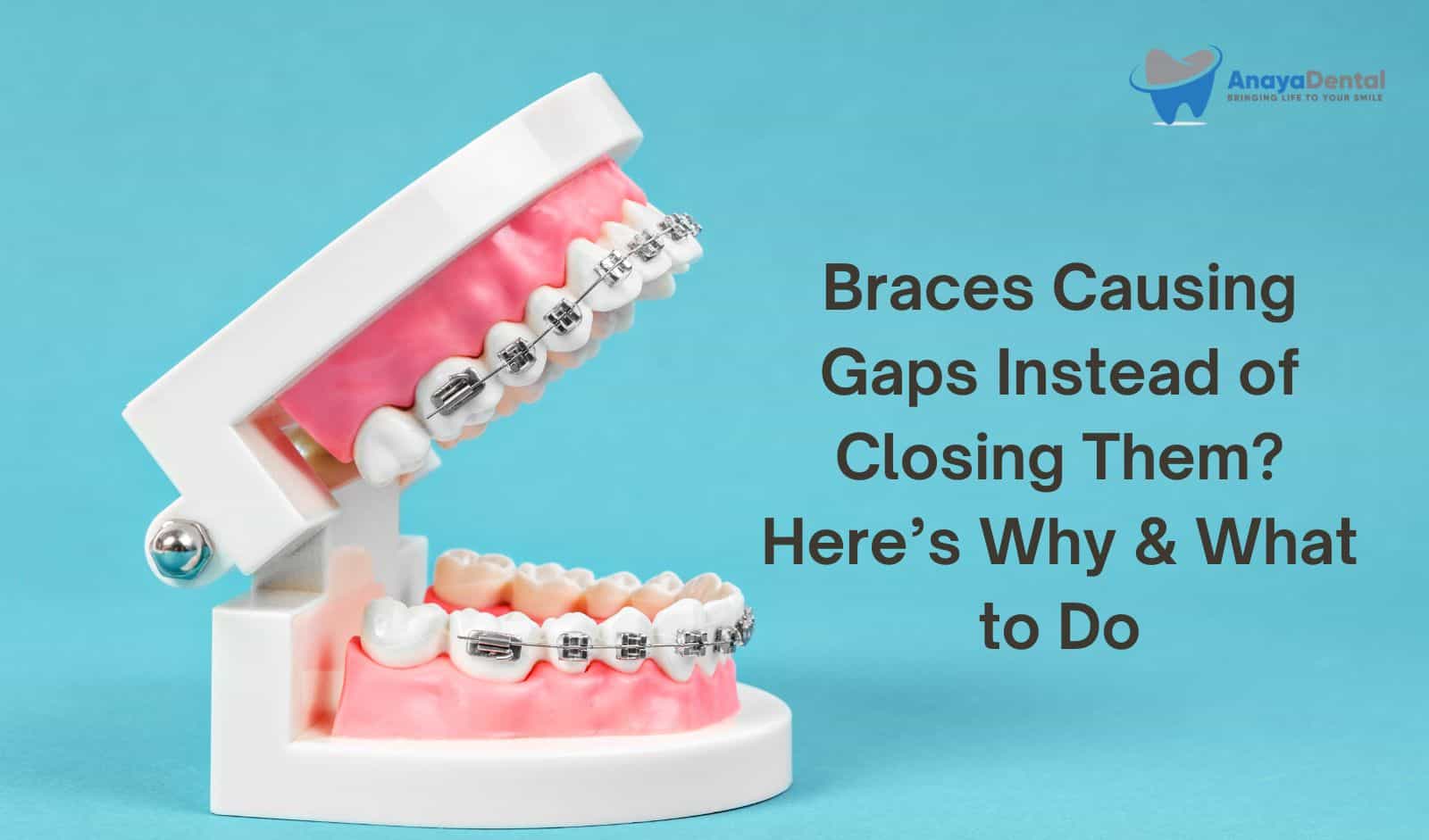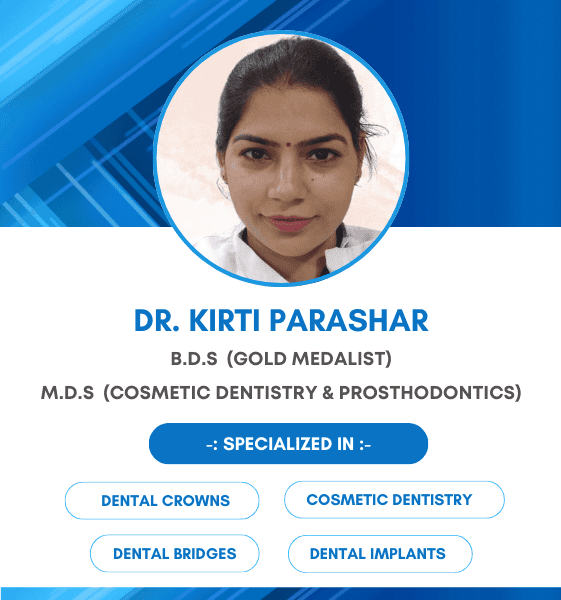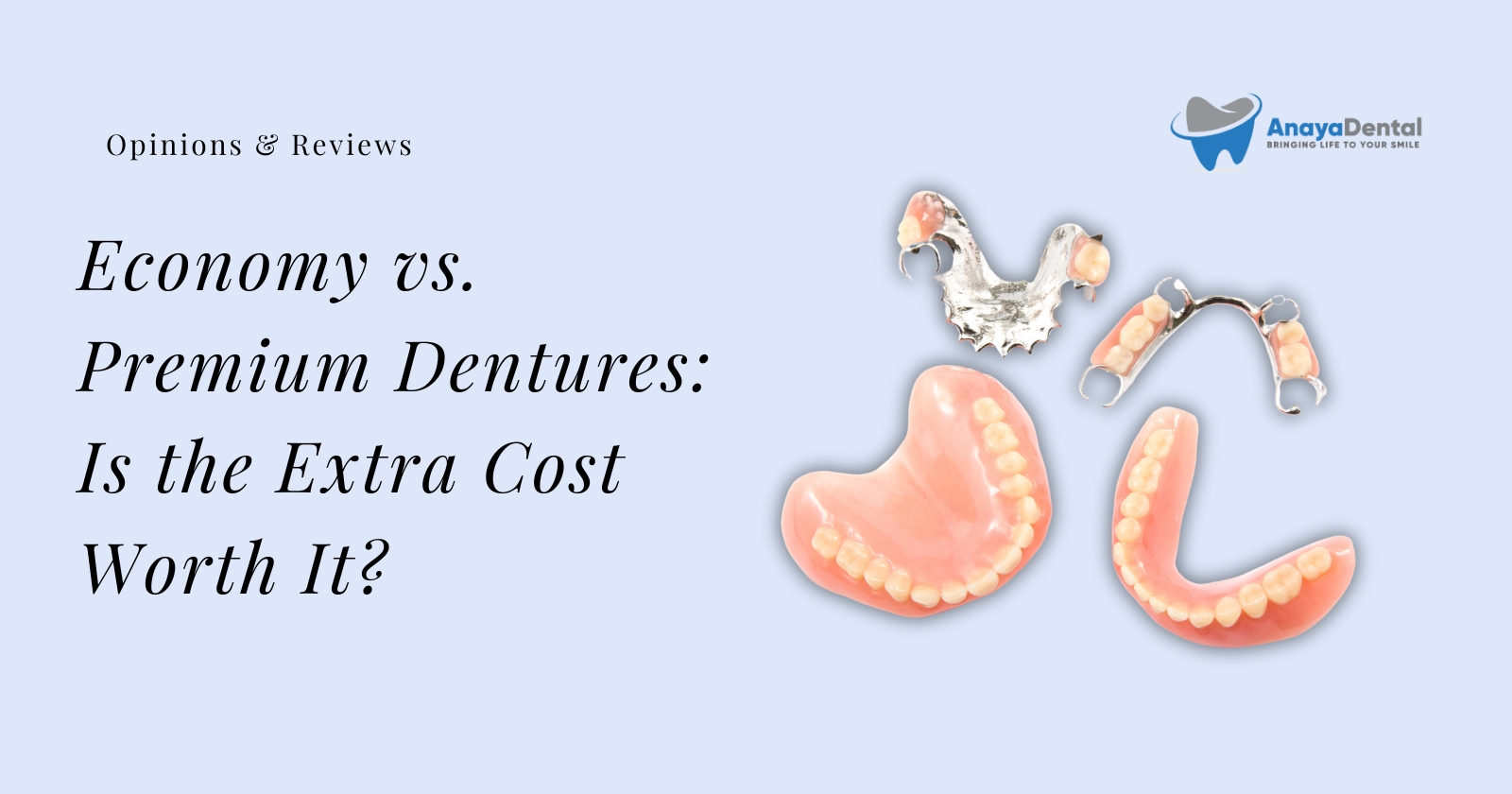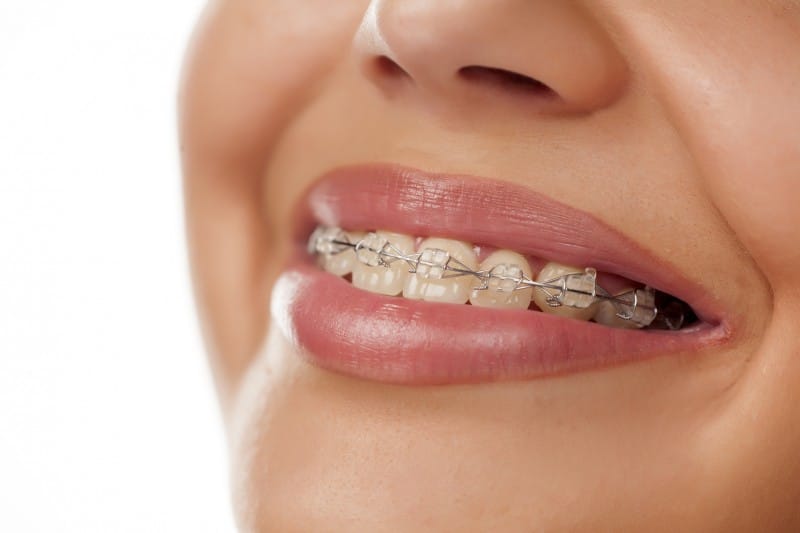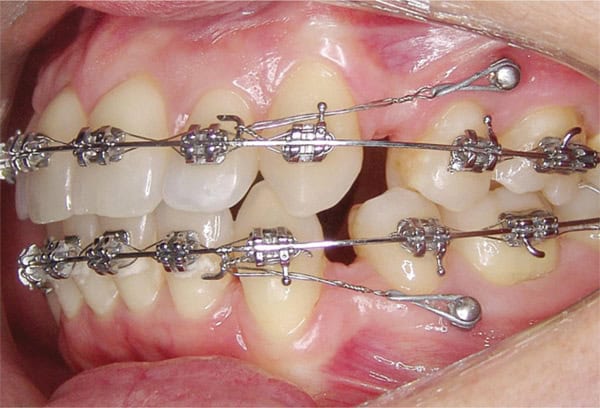When you first get braces, the goal is typically to straighten and align your teeth for a perfect smile. However, some people may notice that instead of closing gaps, their braces are actually creating new gaps. This can be confusing and concerning, especially when you expect the treatment to bring your teeth closer together. But don’t worry—this occurrence is often a normal part of the orthodontic process. In many cases, gaps that appear during treatment are temporary and are a necessary step in achieving the ideal alignment.
In this detailed article, we will explore why braces sometimes cause gaps, what it means for your treatment, and how to address these gaps as part of your journey to a beautiful, well-aligned smile.
Gaps During Orthodontic Treatment
During orthodontic treatment, it’s not uncommon for gaps to appear between teeth, even when the primary goal is to close existing spaces. There are several reasons why this might happen, and understanding these reasons can help ease concerns about the progress of your treatment.
Try Our Dental Calculators

Causes of Tooth Gaps with Braces
1. Creating Space for Alignment Through Jaw Expansion
Orthodontists may intentionally create small, temporary gaps to facilitate the movement of misaligned teeth into better positions. Similar to organizing a crowded room, space may need to be temporarily created to allow everything to fall into place. This controlled creation of gaps is especially common when jaw expansion is part of the treatment. Over time, these gaps will close as the teeth shift into their proper alignment.
2. Movement of Teeth
Braces work by applying pressure to the teeth, gradually moving them into the desired position. As teeth move, they may temporarily drift away from each other, causing small gaps to appear. This process is normal and necessary for aligning teeth correctly.
3. Extractions
In cases where crowding or bite issues are severe, tooth extractions may be required before braces are applied. The removal of one or more teeth creates space for the remaining teeth to shift into proper alignment. The resulting gaps are typically temporary and will close over time as the treatment progresses.
How to Address Brace-Induced Gaps
While gaps appearing during orthodontic treatment can be concerning, they are usually temporary and part of the process. Here are a few ways to manage these gaps and ensure they close as treatment continues.
1. Consult with Your Orthodontist
Your orthodontist is the expert in your treatment plan and can explain why gaps have appeared. It’s important to have open communication with your orthodontist, who can confirm if the gaps are part of the treatment strategy and provide reassurance that they will close over time.
2. Trust the Process
Many gaps that appear during braces treatment are temporary and will close naturally as your teeth continue to move. It’s essential to follow your orthodontist’s instructions and trust the process. Patience is key, as alignment takes time.
3. Wear Your Retainer Religiously
After your braces come off, wearing a retainer as instructed by your orthodontist is critical to maintaining the new positions of your teeth. This will help prevent any gaps from reopening or new gaps from forming.
4. Address Underlying Issug Habits
Tongue thrusting, where the tongue pushes against the teeth during swallowing, can counteract the effects of braces and cause gaps. If you have this habit, your orthodontist may recommend myofunctional therapy or an appliance to help retrain your tongue position.
Stages of Fixing Teeth Spacing with Braces
The process of fixing gaps and aligning teeth with braces involves several stages. Each step is carefully planned to ensure optimal results. Let’s break down the stages involved in closing gaps and achieving a perfectly aligned smile.
1. Initial Assessment and Planning
- Your orthodontist will start with a comprehensive assessment, which includes X-rays, photos, and an examination of your bite.
- They’ll assess the severity of gaps and crowding and create a detailed treatment plan outlining the steps involved in aligning and closing gaps.
2. Appliance Placement (Braces)
- Brackets are bonded to each tooth, and a flexible archwire is threaded through them. This archwire applies continuous pressure, gradually moving your teeth into their new positions.
3. Initial Alignment and Leveling
- At this stage, the focus is on aligning and leveling your teeth. This may involve the creation of small gaps to make room for crowded teeth to move into better positions.
- If you see new gaps appear at this stage, don’t be alarmed—they’re often temporary and part of the overall treatment plan.
4. Gap Closure
- Once your teeth are aligned, the focus will shift to closing the gaps. Your orthodontist may use elastics (rubber bands) attached to the brackets to apply targeted pressure to move teeth closer together.
5. Refinement and Retention
- As your teeth reach their final positions, the orthodontist may make minor adjustments to ensure everything is aligned perfectly.
- Retainers will be provided once the braces are removed to keep your teeth in place and prevent any new gaps from forming.
When Does Gap Closure Become Concerning?
While gaps during braces treatment are usually normal, there are situations where you might need to consult your orthodontist about the progress of gap closure.
1. Persistent Gaps
If gaps persist for a long time despite adjustments by your orthodontist, it’s worth raising your concerns. Gaps that don’t seem to be closing might require additional treatment steps.
2. Worsening or New Gaps
While small gaps are normal, large gaps that worsen or entirely new gaps appearing can indicate an issue with the treatment. If this happens, it’s best to schedule an appointment with your orthodontist.
3. Bite Changes
If you notice changes in your bite, such as an open bite where the front teeth don’t touch, it could indicate a problem that needs to be addressed.
4. Pain or Discomfort
While gaps themselves shouldn’t cause significant pain, if you experience discomfort associated with the gaps, consult your orthodontist to determine the cause and adjust the treatment plan accordingly.
Tips to Help Close Gaps with Braces
To support the process of closing gaps and ensure a smooth treatment experience, here are some important tips:
1. Wear Elastics as Instructed
Follow your orthodontist’s guidance on wearing elastics. Consistency is crucial for ensuring gaps close properly. Skipping elastics or wearing them for less time than recommended can slow progress.
2. Avoid Bad Habits
Habits like tongue thrusting or nail biting can interfere with the work of your braces. Discuss any habits with your orthodontist, who may recommend exercises or appliances to retrain your tongue or prevent damage to the braces.
3. Embrace Extractions if Necessary
In cases of severe crowding, your orthodontist may recommend extracting a tooth to create space for alignment. While this might seem intimidating, extractions are a common part of orthodontic treatment and can help close gaps efficiently.
4. Explore Restorative Solutions
If missing or damaged teeth are contributing to gaps, restorative solutions such as fillings, crowns, or implants may be needed. These can help close gaps and provide a stable foundation for proper alignment.
When to Consult an Orthodontist About Widening Gaps
It’s essential to consult your orthodontist if you notice gaps widening unexpectedly or if you experience discomfort. Here are some specific scenarios that require attention:
- Gap Widening During Braces: While some widening is part of the treatment, significant or unexplained gap widening should be discussed with your orthodontist.
- New Gap After Braces: If a new gap appears after braces have been removed, it may be due to not wearing your retainer as instructed.
- Rapid Widening: If a gap seems to be widening rapidly, consult your orthodontist to rule out any underlying issues.
- Pain or Discomfort: If the widening gap is causing pain, schedule an appointment to have the issue addressed promptly.
FAQs
How Long Does It Take for Gaps to Close with Braces?
- Minor gaps: Typically close within 3-4 months.
- Larger or complex gaps: May take 6 months to a year or longer, depending on the severity and treatment plan.
Can I Keep My Gap with Braces?
In most cases, no. Braces are designed to close gaps and align teeth for a functional bite. However, if you have a small gap you wish to keep, discuss it with your orthodontist.
What If My Gap Doesn’t Close After Braces?
If a gap persists after braces, schedule a consultation with your orthodontist. Retainer issues or underlying problems like tongue thrusting may be the cause.
Conclusion
While it may be concerning to see gaps appear or widen during orthodontic treatment, these gaps are often a normal part of the process. By following your orthodontist’s instructions and being patient, you’ll be well on your way to a beautifully aligned, gap-free smile. Always communicate with your orthodontist if you have concerns, and remember that wearing your retainer faithfully after braces is key to maintaining your results!
